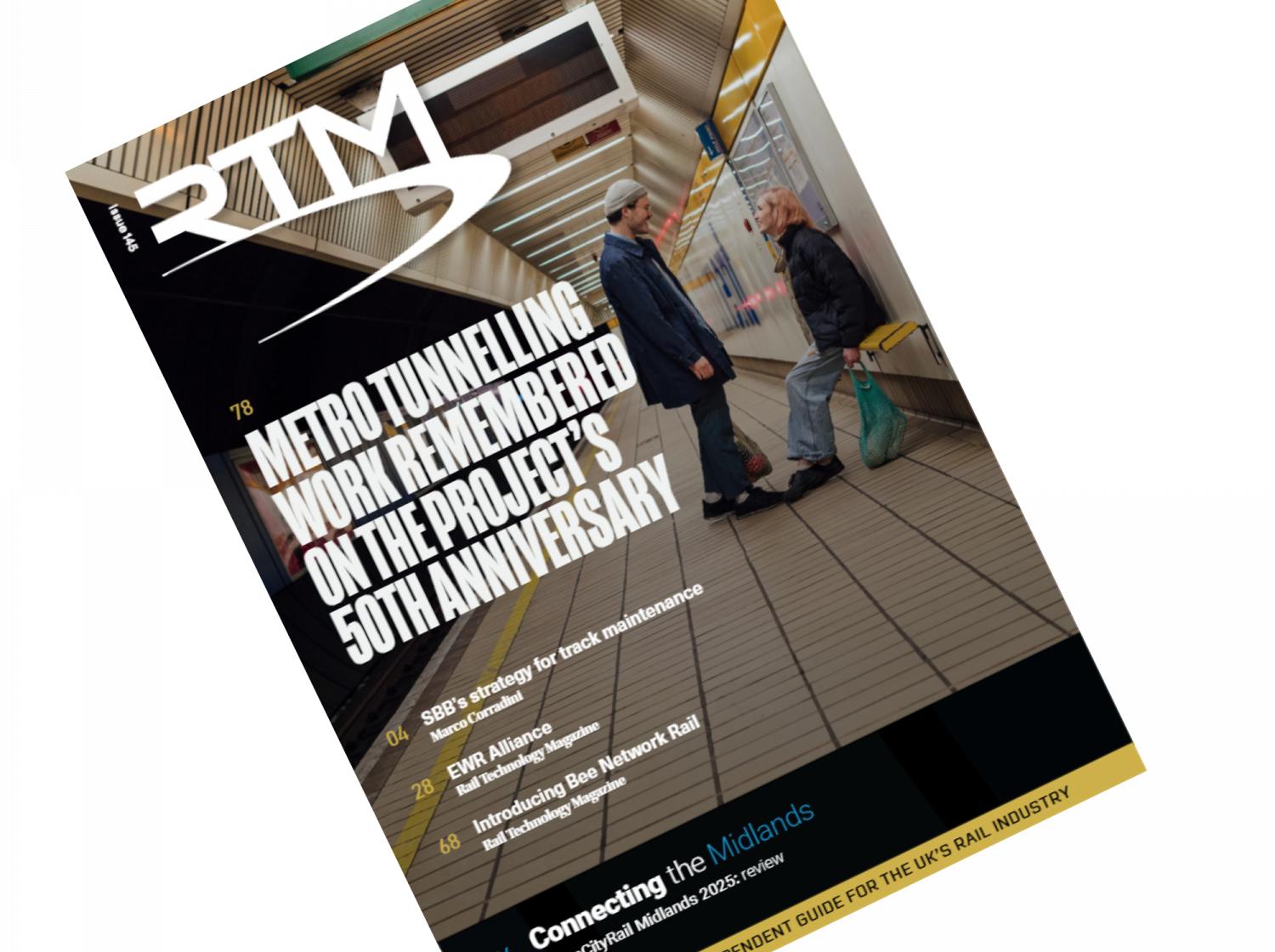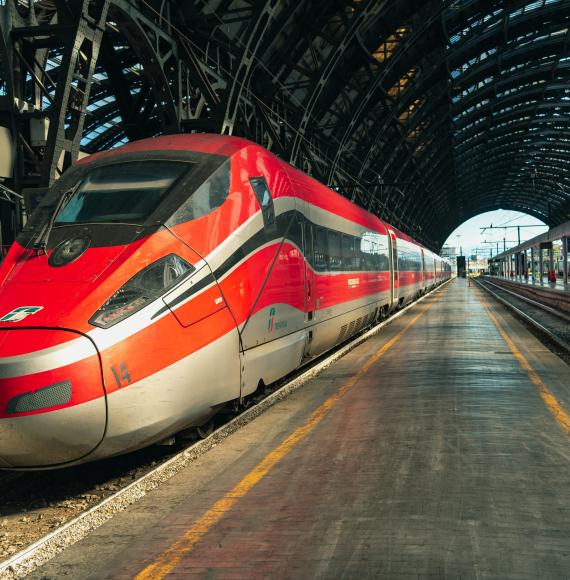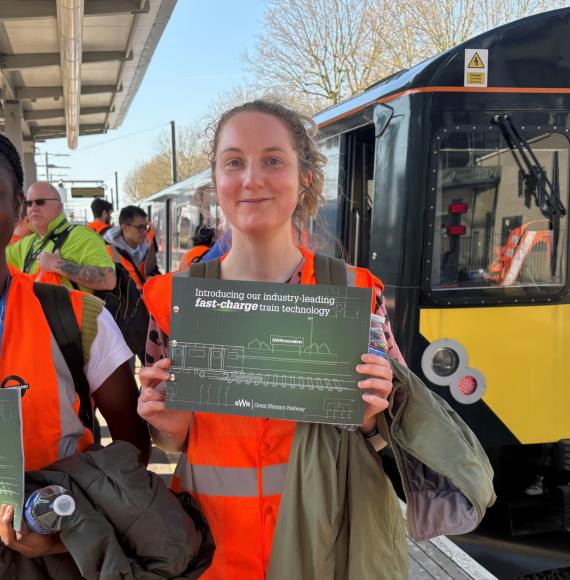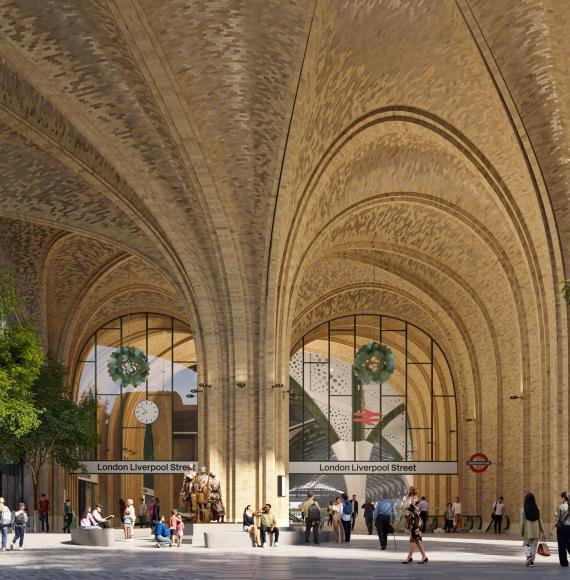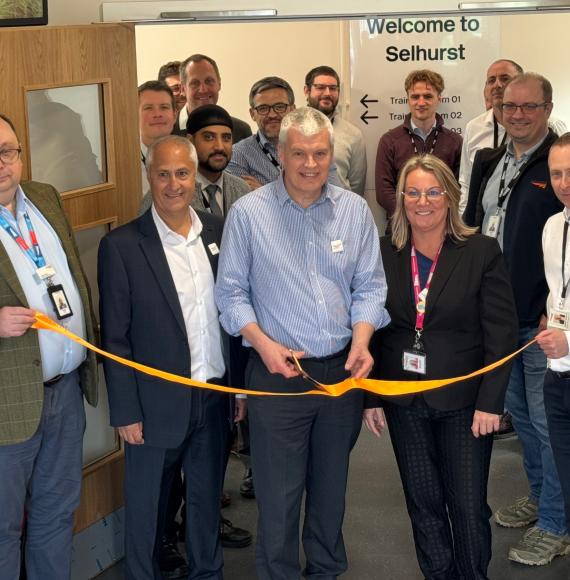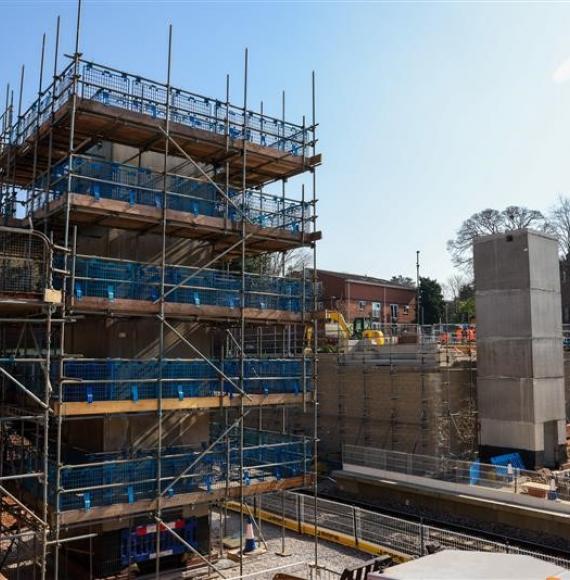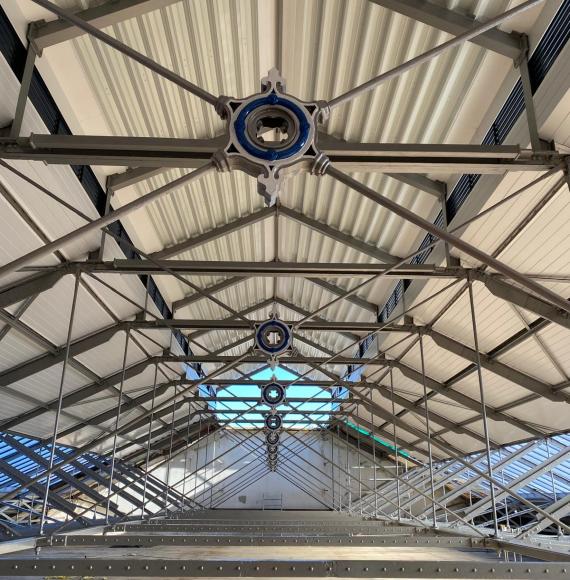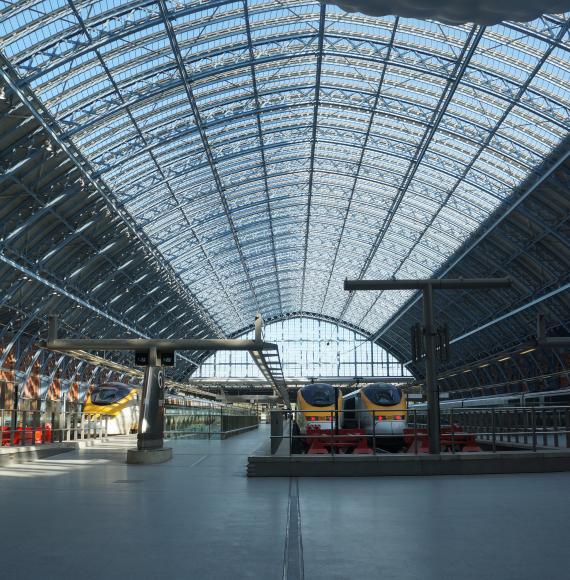A new simulation tool has been developed by Swiss research institution Empa which can accurately replicate the noise of trail traffic which it hopes will help plan noise control and mitigate issues with trackside noise.
The SILVARSTAR system has been created following years of research funded by Europe Rail as part of the EU Horizon 2020 programme in collaboration with industry and academic partners in four other countries.
Auralisation tools already exist, sporadically used as prototypes in research, however it is hoped that the SILVARSTAR system will be the first project used in a commercial setting or by rail operating companies.
The ultimate goal of the tool was to provide multiple scenarios with different type of trains including different types of trains (cargo trains, regional trains, ICE trains), different noise barriers, different wheel and damping types, and many other factors. Users can also choose between a city or countryside environment, and even select a ground-level or elevated position, such as on a balcony.
Lead researcher Dr Reto Pieren said: “The first uses of the simulation are already starting; we are very satisfied with the results and expect numerous applications in the future.”
Behind these possibilities are complex algorithms in a computational model that does not generate acoustic signals from archived sound files, but calculates and generates them all individually.
The sheer amount of realistic simulations meant that Empa having to reduce its algorithms to allow for the essentials. A modern PC needs up to three hours for a 500-meter long cargo train to pass by so that its noise emissions can be made audible under various conditions.
The other institutions to assist with the research included France’s Vibratec, Germany’s Wölfel Engineering, University of Southampton, Belgium’s KU Leuven and Union des Industries Ferroviaires Européennes.
In addition to simulating rail noise through a video showing a virtual train “drive-by”, the €950k ($1.01m) SILVARSTAR project also developed models to show the vibrations caused by train traffic at the ground’s subsurface level.
Photo Credit: EMPA



